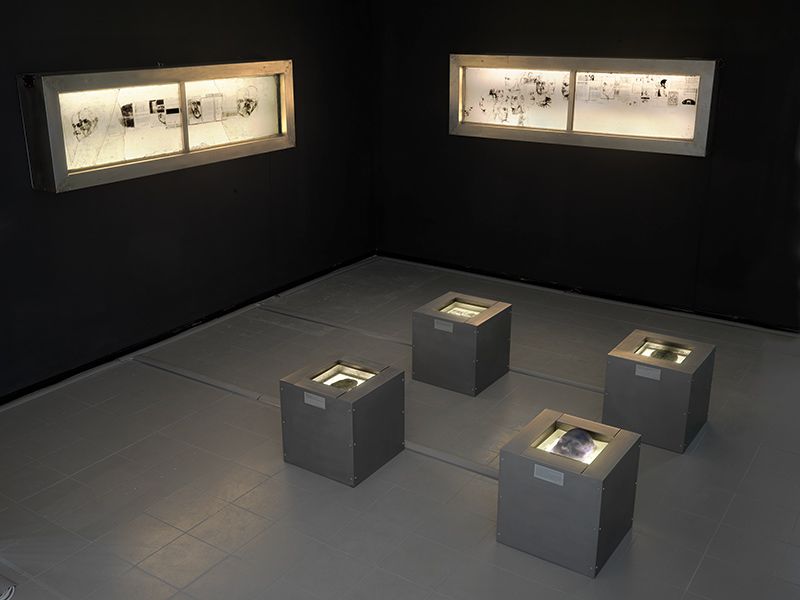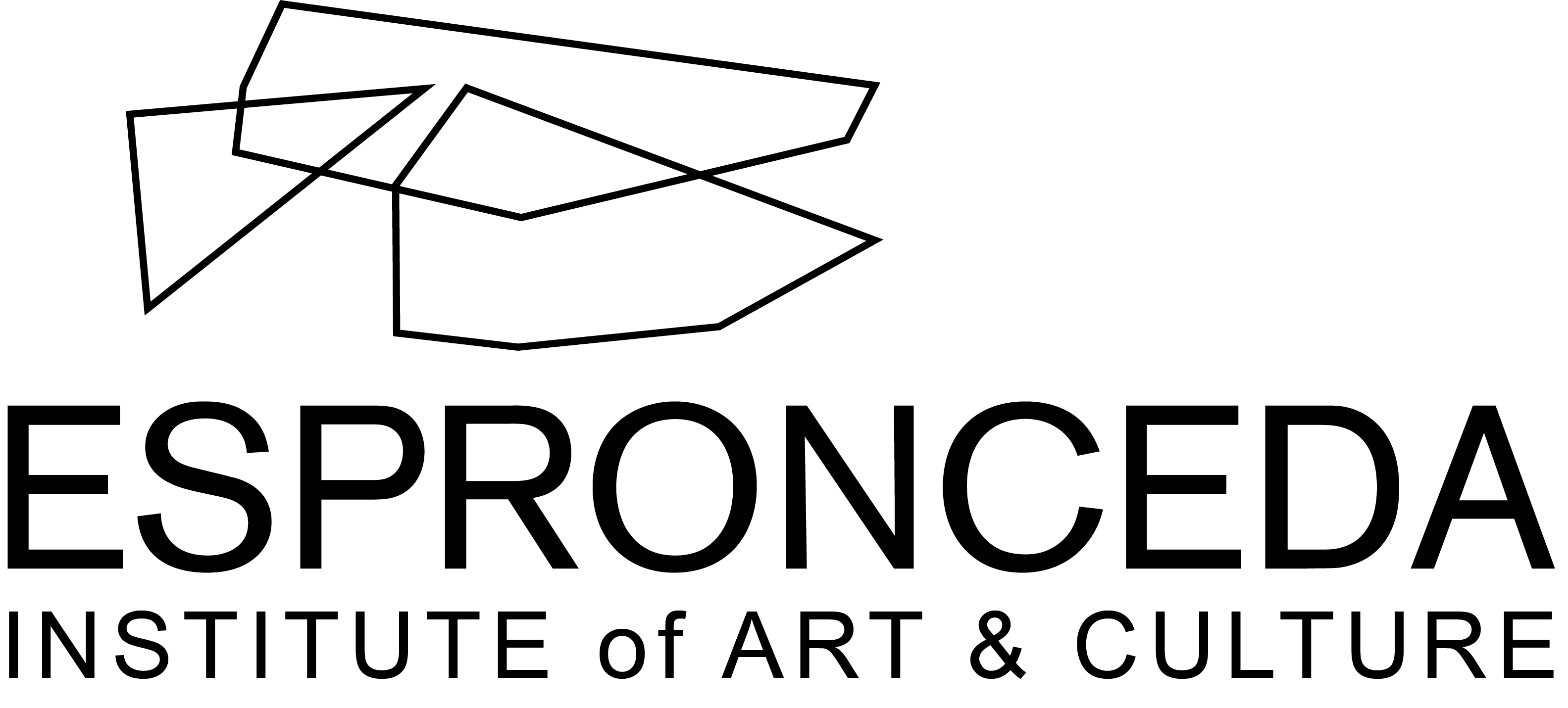
About the artist
Claudia Virginia Vitari was born in Turin, Italy. She studied at Burg Giebichenstein, Hochschule fuer Kunst und Design (University for Art and Design), in Halle an der Saale, Germany, where she graduated in 2004 in painting and graphics with Prof. Ulrich Reimkasten. The artist also attended several workshops on working with glass.
Her work is focused on the analysis of the relationship between the individual and society. Claudia Vitari’s last projects are based on a study of total institutions: a graphic documentation evoking a confrontation between single stories and the institution, as part and mirror of society itself. “PERCORSOGALERA” (2009) was realized inside Turin‘s penitentiary and “Le Città Invisibili” (2012) in Barcelona in collaboration with “Radio Nikosia”, the first Spanish radio organized by people who have been diagnosed with mental diseases. Both projects have been realized with a grant of “Regione Piemonte”. Claudia Vitari is currently working in Berlin, investigating through the artistic documentation the current issue of migration in Europe. The artist is represented by the galleries Berlinartprojects (Berlin) and Raffaella De Chirico Arte Contemporanea (Turin).
ARTIST STATEMENT
“Art to me is a medium to make visible what is invisible, working on apparently marginal situations and showing how they are fundamental to understanding the society in which we live. I look for apparently marginal stories or situations and conduct research and interviews for months and sometimes years. I begin by analyzing the subject, focusing on different cultural points of view: an historical examination, paragraphs from books (taken from specific or non-specific literature: a mix of psychology- and sociology-related literature as well as narrative-based and more informal texts), and thoughts based on reality or fiction: the visual resonance of our attitudes, values, and conceptual approaches built up over time that continue to shape the way we think. It is important to me to understand the subject and also to create an intimate bridge with the viewer since the material at hand is a subject many may already be acquainted with or could easily encounter. It thus becomes necessary to overcome assumptions and simply the constraining milieu in which one might come into contact with these issues. Then I begin to document single stories, asking the people of whom I create portraits and interview to describe themselves as individuals with the aim of forcing the viewer to know them and recognize himself in their stories. To me, creating means to learn and rescue details from oblivion, to let them emerge. In general, what remains in people’s memories about the nature of life and history is a common and globalized knowledge. In my work, I also like to talk about what is invisible, but still part of our society, still part
of our reality. Hidden stories taking place in the cities where we live, existing because of society’s structure and representing a parallel voice to what we are used to and aware of. I am observing and discussing my experience to broadcast it, to make the viewer think and find his own conclusions. Technically, I am very interested in the fusion of drawing, sculpture and installation, building a game between sound, atmosphere and two- and three-dimensional elements. I work with transparent materials like resin or glass, printing on them with silkscreening. It is possible to see through the transparency and the installation assumes the function of a “lens” that allows one to see reality through the stories crystallized in the glass.”
Claudia Virginia Vitari
